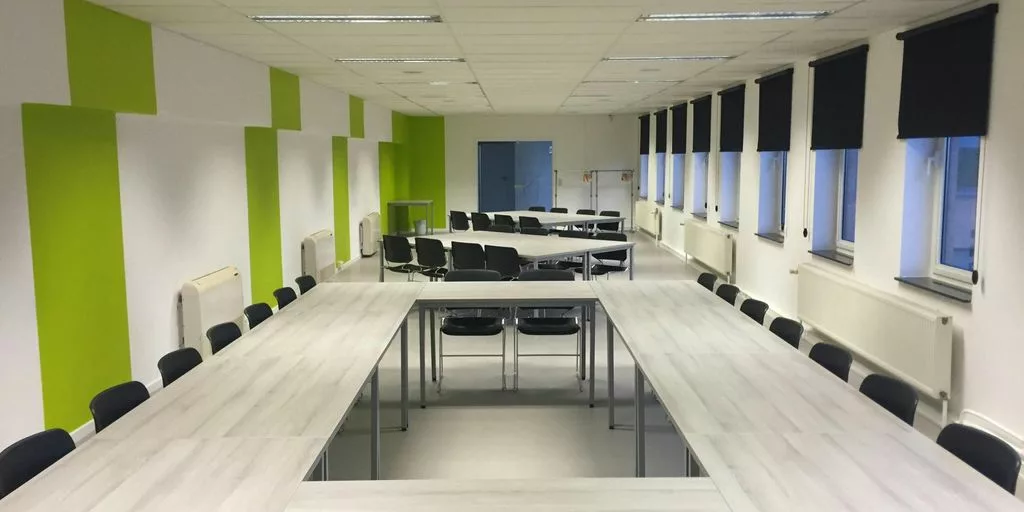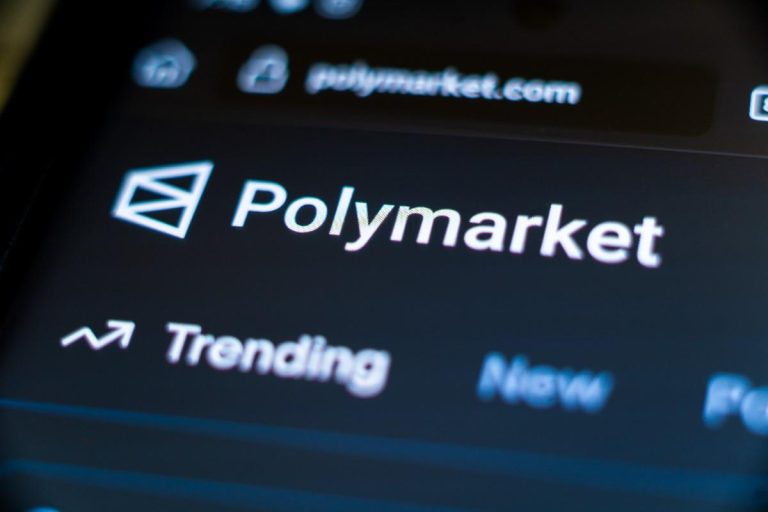
The modern workplace is undergoing a significant transformation, driven by advancements in technology, evolving employee expectations, and the global shift towards more flexible work arrangements. In this article, we delve into expert insights on various aspects of the modern workplace, from hybrid work models to leadership, technology, employee well-being, and the challenges that organizations face today. Join us as we explore best practices and innovative strategies to create a productive, inclusive, and forward-thinking work environment.
Key Takeaways
- Hybrid work models offer a balance of flexibility and productivity, but require the right tools and strategies for effective collaboration.
- The future workplace design emphasizes wellness, sustainability, and adaptability to support hybrid work.
- Leadership in modern workplaces involves fostering innovation, effectively managing remote teams, and building trust in a digital environment.
- Technology plays a crucial role in modern workplaces, with essential tools, cybersecurity measures, and AI-driven productivity solutions.
- Employee well-being and engagement are critical, with a focus on mental health, retention strategies, and creating a positive work culture.
Expert Insights on Hybrid Work Models

The rise of remote or hybrid work models has undeniably transformed the dynamics of conventional workplaces. While remote work offers advantages like less commuting and greater control over schedules, it presents challenges in terms of team collaboration and social interaction. This has given rise to hybrid models that aim to blend the benefits of both worlds – enabling in-person communication when needed while allowing for remote work when feasible. As a result, workspace planning now extends beyond traditional boundaries.
Designing the Future Workplace

The future of workplace design is evolving rapidly, driven by the need to accommodate new work settings and trends. Incorporating wellness into office design is becoming a priority, with companies focusing on creating environments that promote physical and mental well-being. This includes ergonomic furniture, natural lighting, and spaces for relaxation and mindfulness.
Sustainability and smart office solutions are also at the forefront of modern workplace design. Businesses are increasingly adopting eco-friendly materials and energy-efficient systems to reduce their carbon footprint. Smart technology, such as IoT devices and automated systems, is being integrated to enhance efficiency and create a more responsive work environment.
Adapting spaces for hybrid work is another critical aspect of future workplace design. Flexible layouts that can easily transition between remote and in-office work are essential. This includes modular furniture, collaborative zones, and advanced communication tools to support seamless interaction between remote and on-site employees.
The modern workplace is about transforming internal systems and processes to make them more user-friendly and efficient. It’s about future-proofing and adding scalability to organizations to secure and upskill jobs, while significantly improving the working experience for end-users by offering flexibility and reliability for the ‘work from anywhere’ workforce.
Leadership in the Modern Workplace
In today’s rapidly evolving work environment, effective leadership is more crucial than ever. Leaders must navigate the complexities of remote and hybrid work models while fostering a culture of innovation and trust. Unlocking groundbreaking insights into stress-reduction can significantly enhance both well-being and productivity, shaping healthier work environments.
Fostering a Culture of Innovation
Creating an innovative culture requires leaders to encourage creativity and risk-taking. This can be achieved by providing employees with the freedom to experiment and the support to learn from failures. Regular brainstorming sessions and open forums for idea sharing can also be beneficial.
Leading Remote Teams Effectively
Leading remote teams comes with its own set of challenges. Clear communication, setting expectations, and leveraging technology are key. Tools like video conferencing, project management software, and instant messaging can help maintain connectivity and collaboration among team members.
Building Trust in a Digital Environment
Trust is the foundation of any successful team, and it becomes even more critical in a digital setting. Leaders should focus on transparency, consistent communication, and recognizing team members’ efforts. Regular check-ins and virtual team-building activities can also help in building a cohesive and trusting team.
Technology’s Role in Modern Workplaces
In today’s fast-paced work environment, technology is the backbone of productivity and efficiency. Embracing tech advancements is essential for modern work practices, from AI automation to cloud collaboration tools. The modern workplace is a highly digital environment, requiring robust infrastructure to support various applications, data, and collaboration features. This digital transformation not only enhances productivity but also offers flexibility and reliability for the ‘work from anywhere’ workforce.
Employee Well-being and Engagement

In today’s fast-paced work environment, employee well-being has become a critical focus for many organizations. Companies are increasingly recognizing that unhappy employees are not only unproductive but also demotivated and disengaged. Prioritizing mental health and overall employee experience (EX) is essential for boosting productivity and retaining staff.
Mental Health in the Workplace
Smart businesses understand that their employees are their greatest asset. Emphasizing mental health in workspace planning is crucial for organizational success. Incorporating ergonomic considerations, light quality, and thermal comfort can significantly improve employee satisfaction and well-being.
Strategies for Employee Retention
Investing in employee well-being is a strategic move for modern workplaces. By focusing on creating a positive work environment, companies can enhance employee engagement and retention. Key strategies include:
- Offering flexible work arrangements
- Providing opportunities for continuous learning and growth
- Recognizing and rewarding employee contributions
Creating a Positive Work Culture
A positive work culture is integral to employee engagement. Employers who care about their employees see a 94% increase in engagement. Building trust, fostering open communication, and promoting inclusivity are vital components of a thriving workplace culture.
The findings reveal that while overall employee engagement has stagnated, well-being has seen a slight decline, particularly among younger workers. This trend underscores the importance of prioritizing employee well-being in the modern workplace.
Navigating Challenges in Modern Workplaces

Modern workplaces are evolving rapidly, and with this evolution comes a unique set of challenges. Addressing these challenges requires innovative solutions and a people-centric approach. By embracing technology, prioritizing employee well-being, and fostering a culture of inclusivity, organizations can navigate these complexities effectively.
Overcoming Burnout
Burnout is a significant issue in today’s fast-paced work environment. To combat this, companies need to implement strategies that promote work-life balance. This includes offering flexible work hours, encouraging regular breaks, and providing mental health resources. Additionally, fostering a supportive work culture where employees feel valued and heard can make a substantial difference.
Managing Remote Work Fatigue
Remote work fatigue is another prevalent challenge. To mitigate this, it’s essential to establish clear boundaries between work and personal life. Encouraging employees to set up a dedicated workspace, take regular breaks, and disconnect after work hours can help. Regular virtual team-building activities can also maintain a sense of community and reduce feelings of isolation.
Addressing Diversity and Inclusion
Creating a diverse and inclusive workplace is crucial for modern organizations. This involves not only hiring a diverse workforce but also ensuring that all employees feel included and respected. Implementing diversity training programs, establishing employee resource groups, and promoting open dialogue about diversity issues are effective strategies. By doing so, companies can foster a more innovative and productive work environment.
Conclusion
As we navigate the ever-evolving landscape of modern workplaces, it becomes clear that flexibility, innovation, and a people-first approach are key to thriving in this new era. From hybrid work models to enhanced digital tools, the insights shared by experts highlight the importance of adapting to change while prioritizing employee well-being and productivity. By embracing these strategies, organizations can not only attract and retain top talent but also foster a more dynamic and fulfilling work environment. The journey towards a seamless and efficient modern workplace is ongoing, but with the right mindset and tools, the future looks promising.






